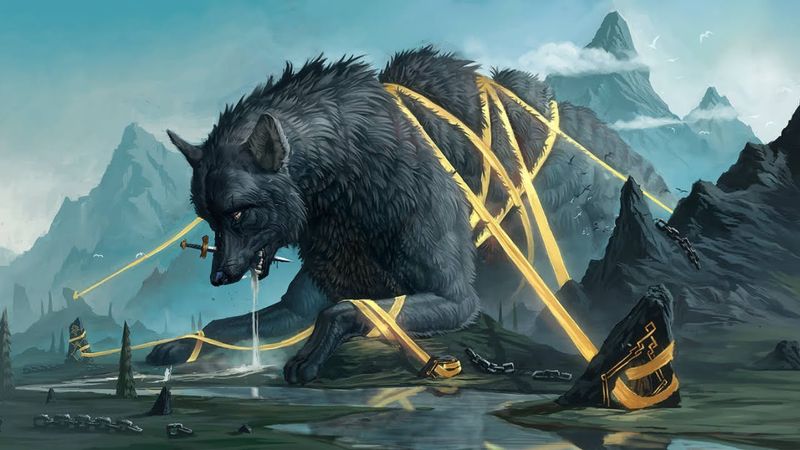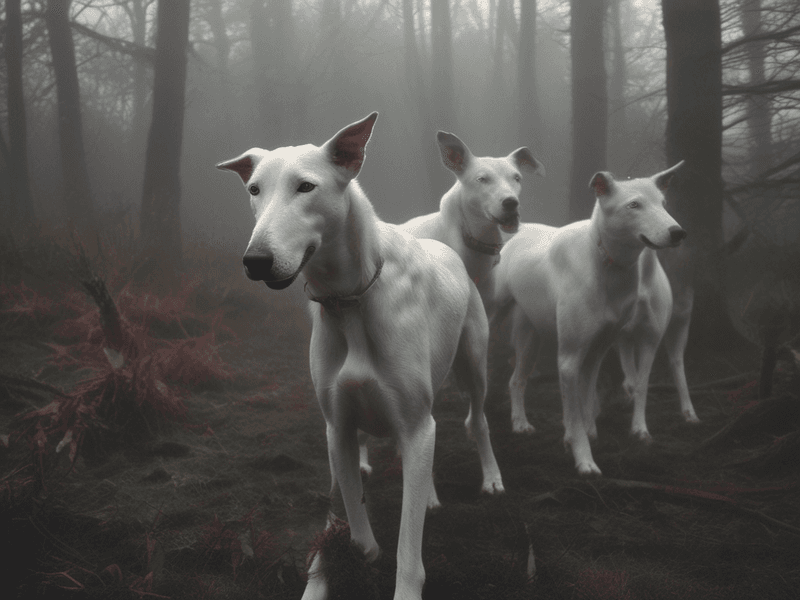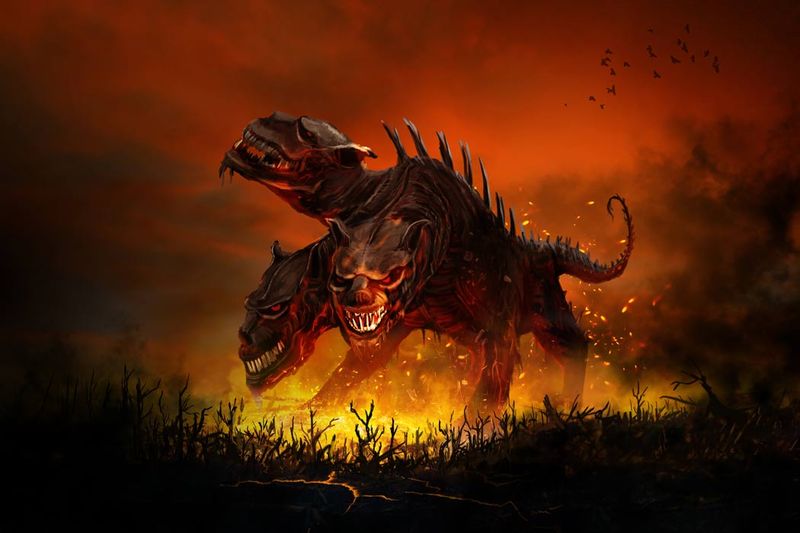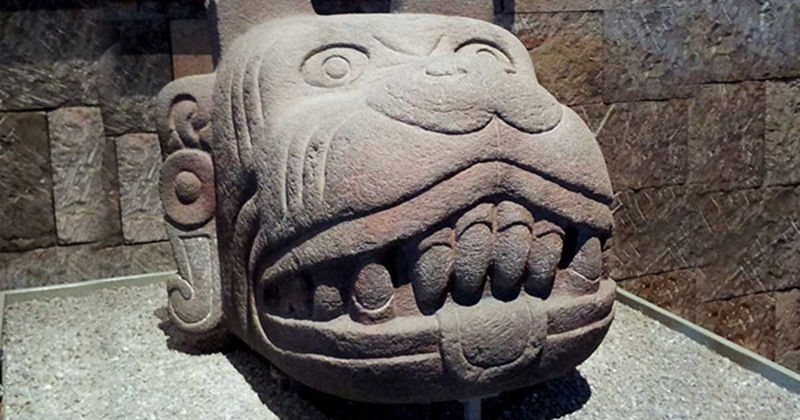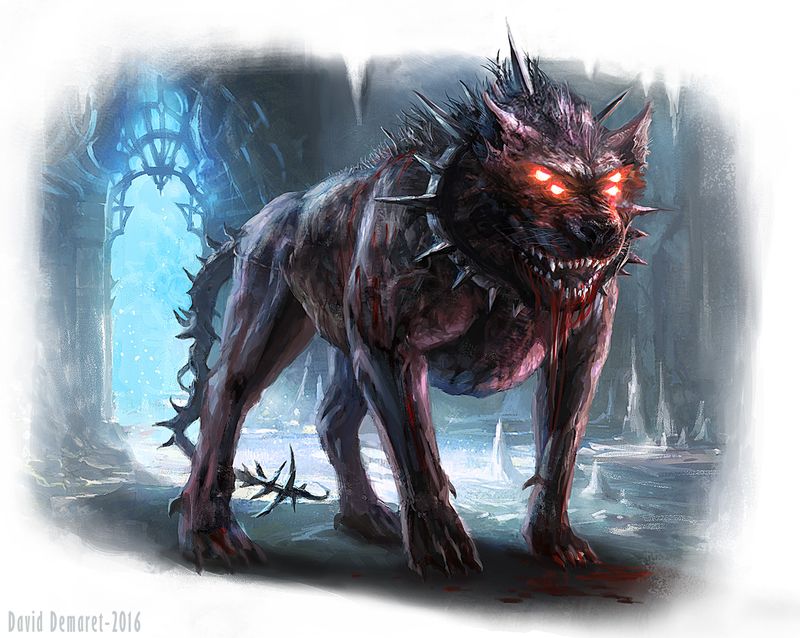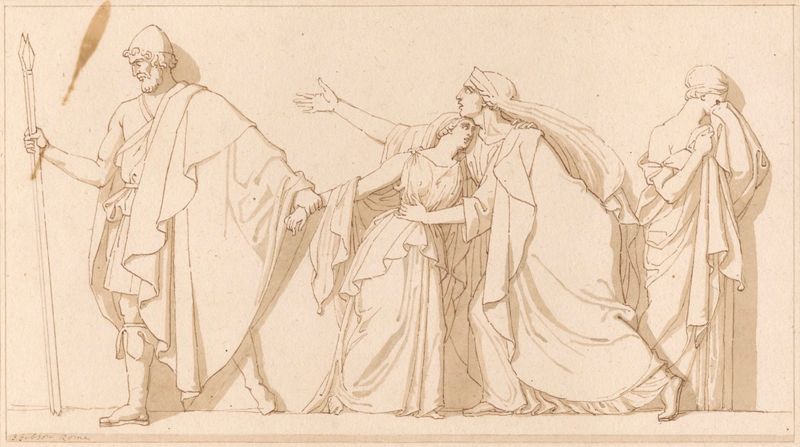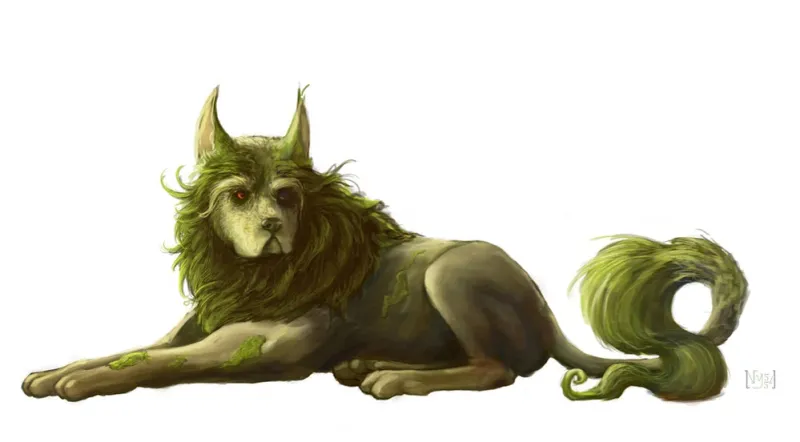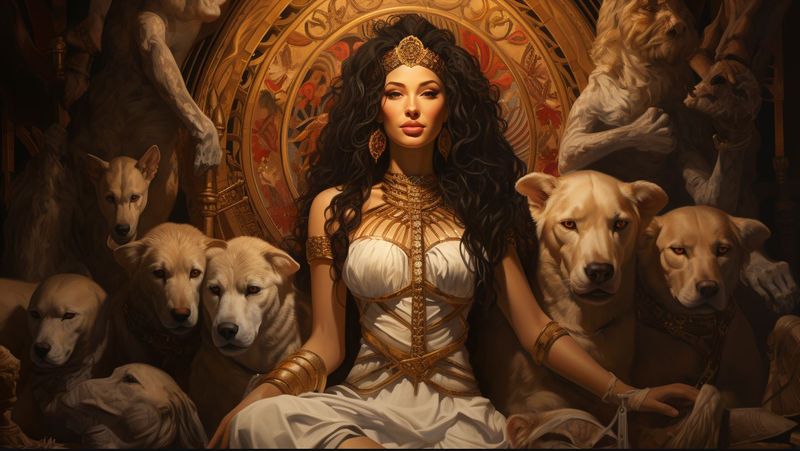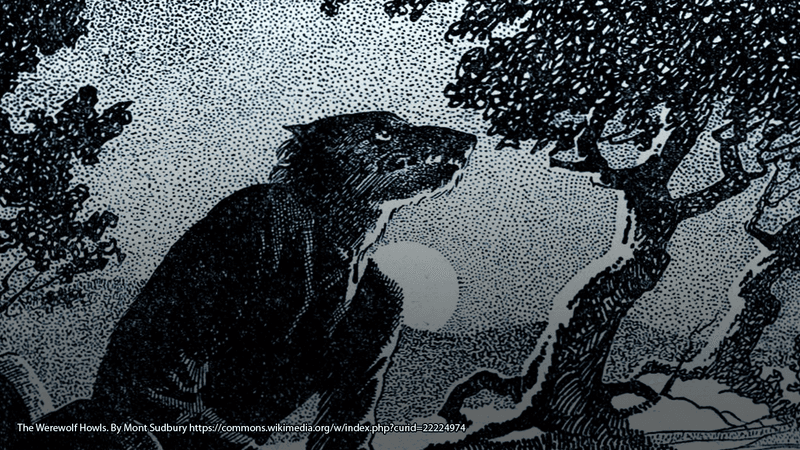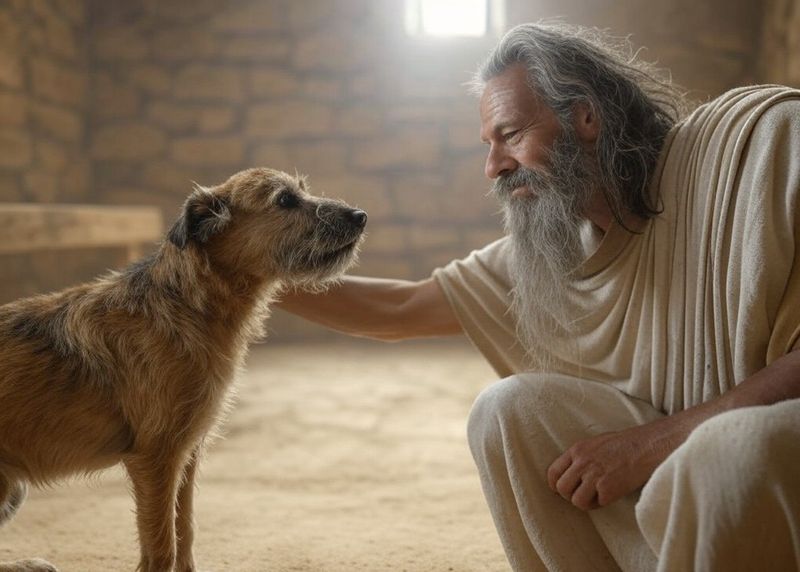Throughout history, dogs have not only been our loyal companions but also central figures in countless myths and legends across the globe. These tales often depict them as mighty guardians, mystical creatures, or symbols of loyalty and bravery. Here, we explore twelve legendary dogs that have left a mark in folklore and mythology.
Fenrir
In Norse mythology, Fenrir is a monstrous wolf revered for its overwhelming strength. Bound by the gods, it is foretold to play a key role in Ragnarök, the end of the world. Despite its fierce reputation, Fenrir’s tale underscores themes of prophecy and betrayal.
The gods, fearing its power, attempted to bind it using magical chains. Each attempt failed until the creation of Gleipnir, a ribbon-like chain. Fenrir agreed to the binding only after assurances from the gods, who deceitfully broke their promise. This betrayal further cemented Fenrir’s place in Norse lore as a misunderstood force of nature.
Cŵn Annwn
The Cŵn Annwn are spectral hounds from Welsh mythology, known as the harbingers of death. These mystical dogs are believed to roam the skies, guiding souls to the afterlife. Their presence is often associated with the ominous sounds of barking echoing in the night.
Legend has it that their appearance signals an impending death, and they are said to accompany the Wild Hunt. These ghostly creatures, with glowing red ears and white fur, serve as a reminder of the thin veil between the living and the dead. Their eerie yet fascinating lore captivates those who stumble upon their tale.
Cerberus
Cerberus, the formidable three-headed dog, stands as the guardian of the Greek Underworld. With its serpentine tail and claws sharp as daggers, it prevents the dead from leaving the realm of Hades. Each of its heads is said to represent the past, present, and future.
The beast’s loyalty to its master is unwavering, allowing only the dead to enter. Despite its fearsome appearance, Cerberus has been outwitted by heroes like Hercules. This legendary creature symbolizes the daunting yet essential transition into the afterlife, making it an iconic figure in Greek mythology.
Black Shuck
In English folklore, Black Shuck is a spectral black dog with eyes like burning coals. Roaming the moors and coastlines, this phantom hound is often seen as an omen of impending doom. Its chilling presence has been recounted in tales for centuries.
Descriptions of Black Shuck vary, but the common belief is that encountering this creature foretells death or disaster. Despite its fearsome reputation, some legends suggest that Black Shuck may also protect travelers from harm. The mystery and aura surrounding this legendary dog continue to intrigue and terrify those who hear its story.
Xolotl
Xolotl, an Aztec deity, takes the form of a dog with skeletal and monstrous features. Known as the guide to the afterlife, Xolotl plays a crucial role in escorting souls to Mictlan, the underworld. His unique appearance is both fearsome and fascinating.
As Quetzalcoatl’s twin, Xolotl is associated with fire, lightning, and death. Despite his daunting visage, he is a protector of the sun during its nightly journey. This god’s narrative is woven with themes of duality and transformation, embodying the journey from life to death in Aztec mythology.
Garmr
Garmr, a fearsome wolf in Norse mythology, guards the gates of Helheim, the realm of the dead. Often compared to Fenrir, this creature’s blood-stained chest and violent nature make it a harrowing figure.
During Ragnarök, Garmr is destined to break free and battle the god Tyr, leading to mutual destruction. The beast’s tale is one of loyalty turned to vengeance, encapsulating the Norse belief in destiny and inevitable conflict. Garmr’s legend is a stark reminder of the eternal struggle between order and chaos, life and death.
Hecuba’s Ghost Dog
Hecuba’s Ghost Dog, a lesser-known figure from Greek legend, appears as a phantom canine guiding King Odysseus to the underworld. This mysterious creature embodies loyalty and the bond between humans and dogs beyond death.
The spectral dog’s tale is intertwined with themes of guidance and protection. As Odysseus ventures into the unknown, the ghost dog provides a sense of comfort and direction. Although often overshadowed by more prominent myths, this story highlights the enduring companionship and trust that can transcend even the boundaries of life itself.
Okuri-inu
In Japanese folklore, the Okuri-inu is a mystical dog that follows travelers through mountain paths at night. While its presence is spine-chilling, some believe it protects those who show respect.
The legend suggests that stumbling and falling may prompt the Okuri-inu to attack, but walking confidently keeps it at bay. It’s a creature that exemplifies the duality of fear and protection, encouraging people to brave the unknown with poise. The Okuri-inu’s tale reflects the belief in spirits watching over and sometimes testing human perseverance and courage.
Cu Sith
The Cu Sith, a large fairy dog from Scottish folklore, is a striking figure with its green fur and bushy tail. Said to inhabit the Highlands, it is both feared and respected by those who encounter it.
Legends portray the Cu Sith as a harbinger of death, its bark an omen of imminent demise. Yet, it also guards the fae and their secrets. This enigmatic creature’s vibrant appearance and mysterious nature captivate those who hear stories of its prowling presence in the misty Highlands.
Bau
Bau, a goddess in Sumerian mythology, is often depicted with a dog’s head. Revered as a healer and goddess of fertility, Bau’s canine features symbolize loyalty and protection.
She was worshipped in the city of Lagash, where she played a vital role in the pantheon of gods. Her story intertwines with themes of nurturing and guardianship, reflecting the bond between humans and dogs. Bau’s legend continues to inspire awe and reverence, illustrating the timeless connection between divinity and the animal kingdom.
Faoladh
The Faoladh of Irish folklore resembles a werewolf, but with a protective role over flocks and children. Rather than a symbol of terror, this creature is seen as a guardian, embodying themes of protection and loyalty.
Legend tells of its transformation under a full moon, patrolling the fields to keep predators at bay. This duality makes the Faoladh a complex figure, balancing ferocity with tenderness. Its tale invites reflection on the coexistence of wild instincts and protective nature, offering a unique perspective on the mythical werewolf narrative.
Argos
Argos, the loyal dog of Odysseus, is celebrated in Greek mythology for his unwavering loyalty. Waiting twenty years for his master’s return, Argos recognizes Odysseus despite his disguise.
Their reunion, though brief, is a poignant moment highlighting themes of loyalty and perseverance. Argos’s patience and dedication offer a touching portrayal of the bond between man and dog. This story resonates as a testament to the enduring nature of love and loyalty, even in the face of time and adversity.
